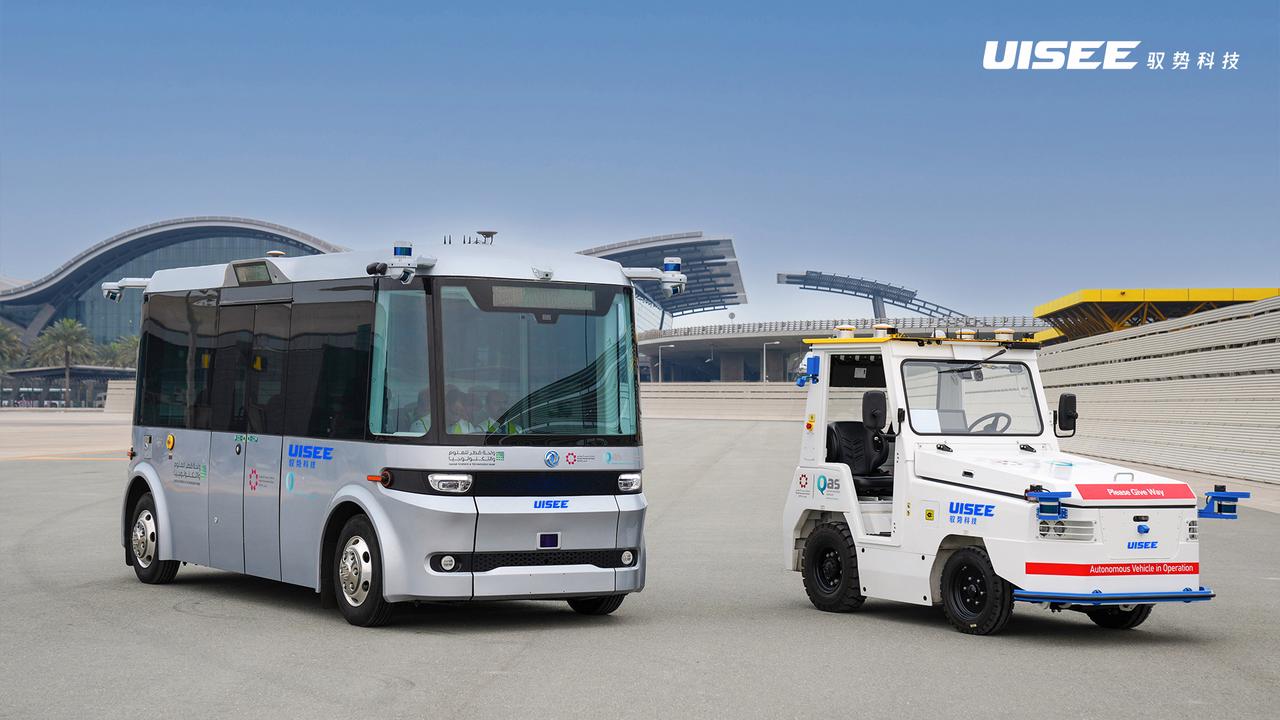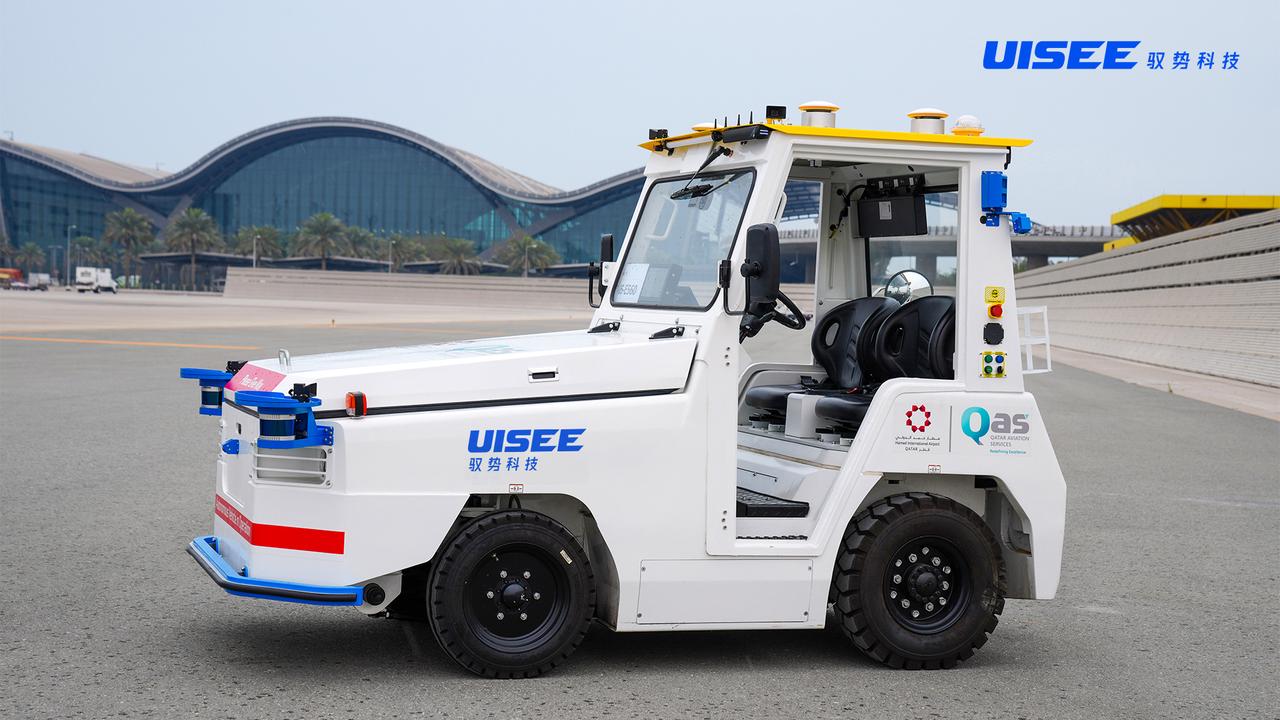HIA’s autonomous vehicle project to ensure safety, address climatic challenges
DOHA: Marking a regional first, Qatar Aviation Services (QAS), in partnership with MATAR and Qatar Science & Technology Park (QSTP), recently introduced an initiative to pilot the latest autonomous transportation solutions at Hamad International Airport (HIA) within its airside operations.
Central to this initiative is UISEE, the company developing these autonomous vehicles, which operates out of QSTP. As Qatar’s leading hub for applied research and technology development, QSTP plays a crucial role in driving technological innovation and enabling groundbreaking solutions like the Eye of the Pearl to address real-world challenges.

Speaking to The Peninsula, executives noted how this project was initiated to solve key obstacles in maintaining the reliability of radar and optical systems in the face of harsh environmental factors—particularly sandstorms, which significantly degrade the performance of autonomous vehicles.
Qatar experiences around six sandstorms per year, creating conditions that conventional autonomous technologies are not typically designed to handle. The Eye of the Pearl project is focused on developing solutions that enhance system resilience in such extreme environments.
UISEE CEO Gansha Wu said: “When we talk about the safety of autonomous vehicles, the expectation is 10 times safer than human drivers because these AI drivers are never tired of traffic laws, regulations, and rules and can work much safer in a more efficient way.”
Wu remarked that the aim is to set up a global benchmark for airport autonomy by ensuring ‘reliable operations’ at HIA in addition to nurturing local innovation. “We can also integrate autonomous vehicles into the whole ecosystem to build a seamlessly smart airport and also deliver tangible value like reducing costs, improving operational efficiency, and maximising resource utilisation.”
One key scenario being studied is the operation of emergency vehicles, such as ambulances, on the tarmac during a sandstorm—a situation made even more challenging by the presence of autonomous buses and other vehicles.
Dr Jack Lau, President of QSTP said, “Unlike in many other parts of the world, autonomous systems deployed in Qatar must adapt to these uniquely demanding conditions.”
He stressed that the research team remains confident that, through ongoing development, they will uncover patterns and innovations that enable autonomous technologies to operate effectively, even in extreme weather conditions.
At present, two autonomous vehicles are being tested at the airport.
The first is the ‘luggage lorry,’ which traditionally required human drivers to transport luggage from aircraft to the cargo bay.
This process has now been fully automated using the Eye of the Pearl technology, enhancing efficiency and operational reliability.

The second vehicle is the 'passenger vehicle,' designed to transport passengers. It employs advanced radar systems to ensure safe and uninterrupted operation, even in the challenging conditions of sandstorms.

"While the technology is still in the testing phase, the ultimate goal is to enhance the reliability and efficiency of autonomous systems in environments like Qatar, where conventional solutions often struggle to perform, Dr. Lau added.


